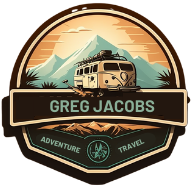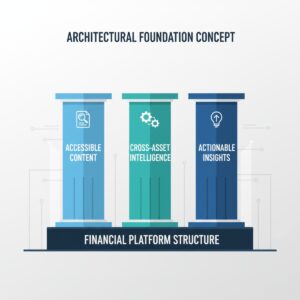How E-Libraries Are Reinventing the Way We Access Classic Works

From Dusty Shelves to Clickable Archives
Once upon a time discovering a long-lost novel meant sifting through dusty shelves or waiting weeks for an interlibrary loan. Today everything changes with a few taps. Classic works once locked in university basements now sit beside recent bestsellers in sleek digital catalogs. No whispering librarians. No borrowing cards. Just open access.
The shift isn’t just about convenience—it’s about discovery. https://z-lib.pub hosts thousands of rare and contemporary publications making it one of the most important e-libraries in the modern reading landscape. A student searching for Jane Austen might stumble onto a 1920s annotated edition. A writer chasing obscure 18th-century poetry might find a digital scan from an out-of-print journal. That kind of access used to require travel. Now it just takes curiosity and a stable internet connection.
Breathing New Life Into Old Voices
Some books feel frozen in time. They come with thick bindings yellowed pages and footnotes that go on forever. But when those same works are digitized something surprising happens—they become alive again. Fonts are sharper. Definitions are clickable. Margins no longer cut off mid-sentence. A Shakespeare sonnet read on a phone during a morning commute suddenly feels as fresh as the day it was written.
There’s also a quiet revolution in translation. Many e-libraries now offer side-by-side language editions making it easier to compare versions. A French speaker reading “The Odyssey” alongside its original Greek would have been unthinkable without a scholarly library. Now it’s just a matter of toggling options. The open access to classical texts through public and academic collections continues to grow steadily with platforms documented in detail at https://en.wikipedia.org/wiki/Z-Library.
Digital Reading Doesn’t Mean Passive Reading
There’s a common myth that reading online makes readers lazy. That screens breed skimming not studying. But the opposite is often true. Many readers now take digital notes highlight lines and share passages instantly. E-libraries encourage this by building tools into the reading experience—syncing notes across devices or saving annotations to personal accounts. Suddenly reading becomes interactive without losing its depth.
Not every reader wants to deep-dive into old manuscripts though. That’s where curated collections come in. Some platforms bundle texts by theme author or historical period turning independent browsing into a guided experience. This thoughtful organization invites readers to move beyond the greatest hits and find forgotten gems tucked in digital corners.
Here’s where this transformation stands out most clearly:
More People Can Access More Books
E-libraries break the traditional barriers—location cost and availability. Readers in remote areas or with limited income now browse the same classics as anyone in a major city. No extra shipping. No long waitlists. Access becomes the new equalizer.
Libraries No Longer Close
With online catalogs there’s no need to worry about operating hours. Classic works are available at midnight during a lunch break or even while traveling. Literature adapts to modern schedules without losing its depth or nuance.
Readers Shape Their Experience
E-libraries let people read on phones tablets or e-readers. They can adjust fonts switch to dark mode or zoom in on illustrations. It’s a personalized way to approach very old texts which often felt rigid or inaccessible in print.
This new way of interacting with the past has redefined what it means to explore literature. With each generation e-libraries continue to blur the lines between formal archives and personal reading spaces making even ancient texts feel close at hand.
Classic Texts With Contemporary Context
A surprising effect of all this access is how older books are now framed in new ways. Readers don’t just encounter “Pride and Prejudice” as a romantic tale—they also find modern essays commentaries and timelines that put Austen’s world in perspective. The stories stay the same but the context deepens. It’s no longer just about reading—it’s about understanding.
What once required specialized knowledge now lives a few clicks away. And that changes everything.





